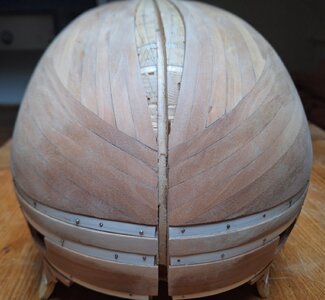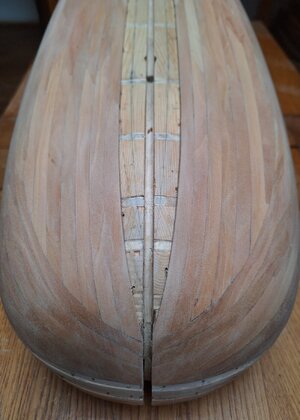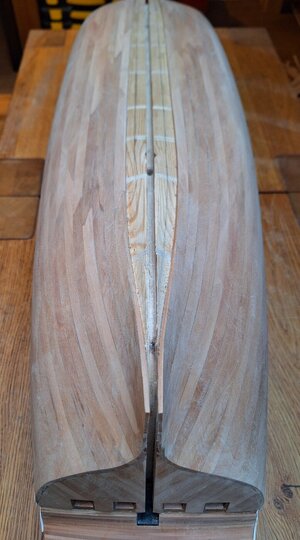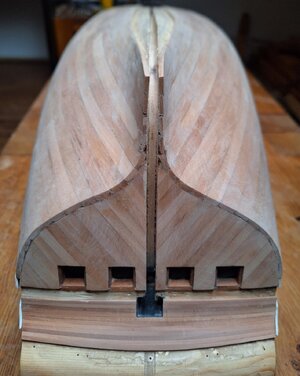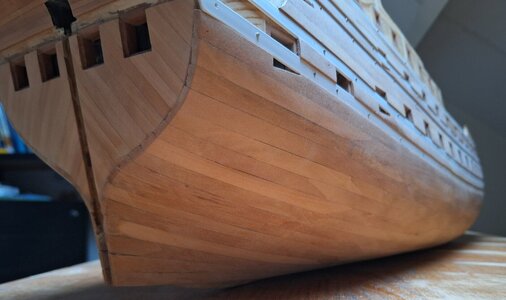My dear friend Shota, thank you. I too wish you a merry Christmas with your loved ones and a happy peaceful New Year.
-

Win a Free Custom Engraved Brass Coin!!!
As a way to introduce our brass coins to the community, we will raffle off a free coin during the month of August. Follow link ABOVE for instructions for entering.
-

PRE-ORDER SHIPS IN SCALE TODAY!
The beloved Ships in Scale Magazine is back and charting a new course for 2026!
Discover new skills, new techniques, and new inspirations in every issue.
NOTE THAT OUR FIRST ISSUE WILL BE JAN/FEB 2026
You are using an out of date browser. It may not display this or other websites correctly.
You should upgrade or use an alternative browser.
You should upgrade or use an alternative browser.
Dank je wel Johan. Ik wens jou ook heel fijne kerstdagen en een gelukkig nieuwjaar toe.Prettige kerstdagen en een voorspoedig 2024!
Geniet met volle teugen van je orgel en wie weet vind je binnenkort toch weer inspiratie voor een nieuw scheepsproject.
Hi Herman,You are welcome Frank. I will answer you privately.
But enclosed for all I show a part of the contemporary drawing of De 7 Provincien, showing the deviating line of the three rear gunports.
View attachment 415644
You are fully correct here. The last part of the gun deck was flat to easily enable to reposition the gun carriages from the aft gun ports to the stern chasers. On earlier ships the aft part of the deck was not only positioned flat but also lower creating a step in the deck.
Have some wonderfull days and continue the fantastic work.
Thank you Maarten. The fact regarding the lower deck on earlier ships is new to me.
I too wish you happy holidays.
I too wish you happy holidays.
Prettige Feestdagen, Herman. Up to a healthy New Year.
Regards, Peter
Regards, Peter
Heel fijne feestdagen Peter. Ik wens ook jou een voorspoedig en vooral gezond 2024 toe.
Herman
Herman
- Joined
- Aug 8, 2019
- Messages
- 5,504
- Points
- 738

The Prins Willem is an example of the lower deck in teh back. In the book of Witsen by Ab shows a illustration of these decks.Thank you Maarten. The fact regarding the lower deck on earlier ships is new to me.
I too wish you happy holidays.
- Joined
- Oct 23, 2018
- Messages
- 871
- Points
- 403

Hermann,
I love your planking work but I am a little surprised. I have expected that the bottom two planks go into the Sternpost as I have seen on different Netherlands models.
I love your planking work but I am a little surprised. I have expected that the bottom two planks go into the Sternpost as I have seen on different Netherlands models.
Hi Christian. You are correct, maybe I expressed myself unclear. The last two planks still have to be made and will be installed into a recess in the sternpost. A picture says more than a thousand words, this is the general idea:Hermann,
I love your planking work but I am a little surprised. I have expected that the bottom two planks go into the Sternpost as I have seen on different Netherlands models.
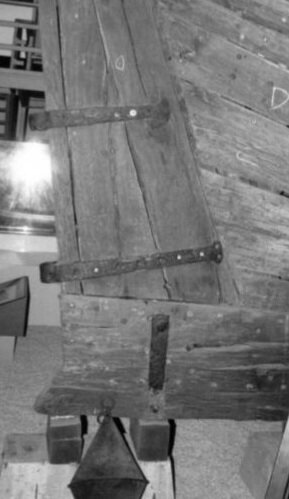
- Joined
- Oct 23, 2018
- Messages
- 871
- Points
- 403

Thanks for the picture. I was so fascinated by the fotos of your planked hull, that I have overread the last sentence
Wow, Herrmann that looks just great, very clean work.
.
Lovely. It will probably come as no surprise that it is this phase of work and the resulting underwater hull shapes that I personally find most attractive. I should probably start analysing the shapes of Hohenzollern model ca. 1670, Amarant/Spees model ca. 1650 or Vasa 1628 soon (all warships sporting relatively sharp lines as compared to fuller bodies of merchant vessels). It's about time...True storyWow, Herrmann that looks just great, very clean work.
Thank you @AnobiumPunctatum @Mirek @Tobias @-Waldemar- @GrantTyler and the others for your comments and likes.
@-Waldemar- A further analysis of the hull shapes will be very interesting. In this respect I must say, besides the planking around the top of the bow, which needed serious edge bending, the rest of the planking was relatively easy, nicely following the line of the hull shape including the rear part, which only (partly) needed very minor edge bending.
The last two rows of planking including the stern post will be interesting/a challenge again.
@-Waldemar- A further analysis of the hull shapes will be very interesting. In this respect I must say, besides the planking around the top of the bow, which needed serious edge bending, the rest of the planking was relatively easy, nicely following the line of the hull shape including the rear part, which only (partly) needed very minor edge bending.
The last two rows of planking including the stern post will be interesting/a challenge again.
.
Herman, as far as I can judge, you have designed the run of the strakes in a realistic and at the same time rational way, as your comments confirm, which, incidentally, gives great pleasure to my eyes. But why should it have been different then? After all, as a general rule, one can hardly expect that planking was deliberately made difficult way in the past...I couldn't help myself, and enclose a reproduction from a fantastic album published in 1815 – Drawings of merchant ships used in Holland for navigation on the Zuider Zee (this album is Martes' recent discovery). The ships are of various types and sizes, and in this era already designed on the basis of diagonals, but in this particular case the run of the planking is also partly drawn. For the bow, this is precisely the variant you have chosen for your attractive model.
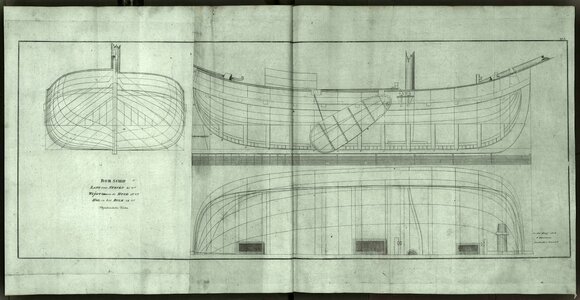
.
- Joined
- Oct 17, 2020
- Messages
- 1,690
- Points
- 488

Hi Herman, in reference to my ossevation on gunboats,by doing a research on Dutch ships and following a site pointed out by Waldemar whom I thank for his report , hot found two pictorial images that corroborate Your clarification of the gunboats on Your model.Frank .images found on the netThank you for your kind words my dear friend.
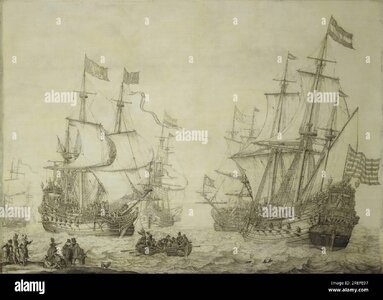
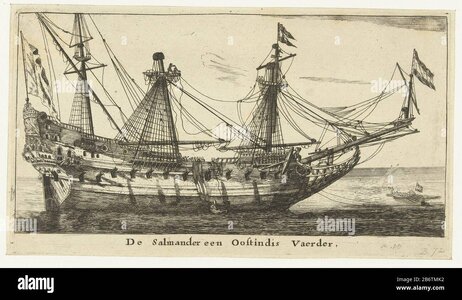
Herman, your plank work is exquisite, and I love the perfect symmetry of the underwater lines of your hull. You are really doing an amazing job, here.
Waldemar - as always, I appreciate your particular insight and historic frames of reference.
Waldemar - as always, I appreciate your particular insight and historic frames of reference.


